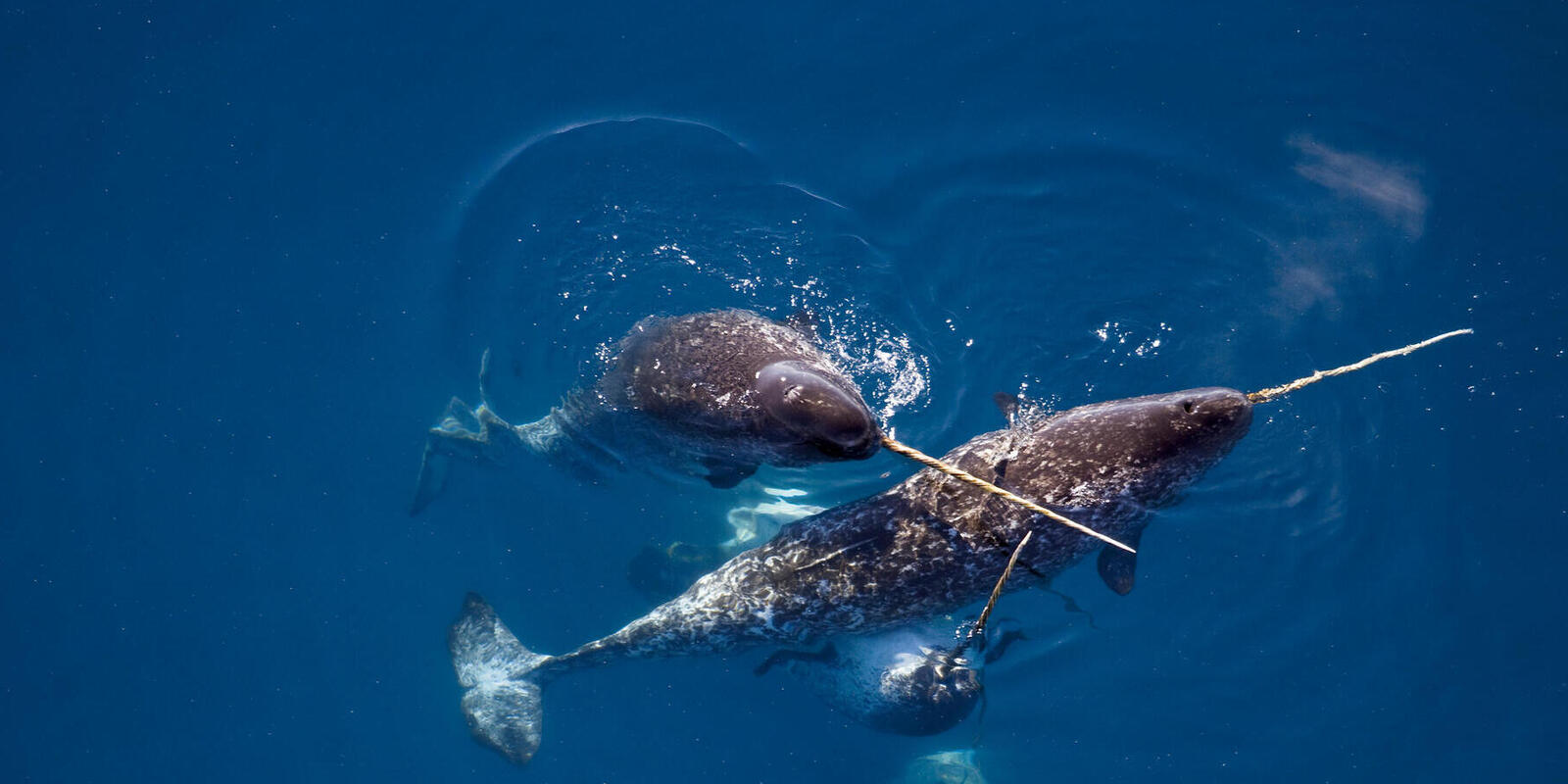
The Narwhal: Unveiling the Mystery of the Unicorn of the Sea
The ocean depths hold countless wonders, and among them swims the narwhal, a creature often referred to as the “unicorn of the sea.” With its long, spiraling tusk and elusive nature, the narwhal has captivated imaginations for centuries. But there’s more to this fascinating Arctic dweller than meets the eye!
A Tusk with a Twist:
The narwhal’s most striking feature is undoubtedly its tusk, which can grow up to 10 feet (3 meters) long! Contrary to popular belief, this tusk isn’t a horn, but a modified canine tooth. It erupts from the upper left jaw and spirals counter-clockwise through life. While the exact function of the tusk remains a subject of research, some theories suggest it may be used for:
- Sensation: The tusk is covered in nerve endings, possibly allowing the narwhal to sense changes in water pressure and temperature.
- Communication: Tusk rubbing between narwhals might be a form of social interaction.
- Display: The tusk could play a role in establishing dominance or attracting mates.
Life in the Frigid North:
Narwhals are perfectly adapted to the harsh environment of the Arctic Ocean. They have thick blubber for insulation and specialized circulatory systems to retain body heat. Their sleek bodies and powerful tails propel them gracefully through the icy waters. Narwhals are social creatures, often forming pods of dozens or even hundreds of individuals. They migrate seasonally, following leads in food availability and pack ice.
A Diet Fit for a Unicorn:
Narwhals are carnivores, with a particular fondness for high-fat prey like squid and bottom-dwelling fish. Their excellent underwater vision and echolocation abilities help them locate food in the dark depths.
A Cause for Concern:
While not currently classified as endangered, narwhal populations are facing threats like climate change and habitat loss. Rising sea temperatures disrupt their migration patterns and threaten their food sources. Additionally, they can be caught unintentionally in fishing gear.
Protecting the Unicorns of the Sea:
Conservation efforts are crucial to ensure the future of these magnificent creatures. Here’s how you can help:
- Support organizations working on Arctic conservation.
- Choose seafood caught using sustainable practices.
- Raise awareness about the importance of protecting the Arctic ecosystem.
By taking action, we can all play a part in safeguarding the narwhal, ensuring this “unicorn of the sea” continues to grace the Arctic waters for generations to come.






